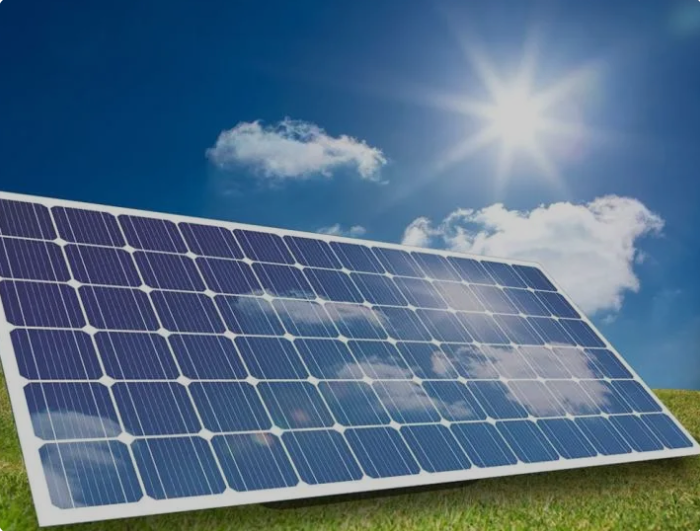Address
304 North Cardinal
St. Dorchester Center, MA 02124
Work Hours
Monday to Friday: 7AM - 7PM
Weekend: 10AM - 5PM
Address
304 North Cardinal
St. Dorchester Center, MA 02124
Work Hours
Monday to Friday: 7AM - 7PM
Weekend: 10AM - 5PM

As the world increasingly embraces renewable energy, photovoltaic (PV) panels have emerged as a leading solution for harnessing solar energy. But what exactly are photovoltaic panels, and how do they work?
What are Photovoltaic Panels?
Photovoltaic panels, commonly known as solar panels, are devices that convert sunlight directly into electricity. They consist of many solar cells made from semiconductor materials, typically silicon. When sunlight hits these cells, it excites electrons, creating an electric current. This process is known as the photovoltaic effect, which is the foundation of solar energy technology.
Types of Photovoltaic Panels
There are three primary types of photovoltaic panels: monocrystalline, polycrystalline, and thin-film.
How Do Photovoltaic Panels Work?
The operation of photovoltaic panels is relatively straightforward. When sunlight strikes the solar cells, it generates direct current (DC) electricity. This electricity is then converted into alternating current (AC) by an inverter, making it suitable for use in homes and businesses. The AC electricity can power appliances, lighting, and heating systems.
Excess electricity generated during sunny periods can be stored in batteries or fed back into the grid, allowing homeowners to earn credits on their utility bills through net metering programs.
Benefits of Photovoltaic Panels
Challenges and Considerations
While the benefits of photovoltaic panels are numerous, there are challenges to consider. The efficiency of solar panels can be affected by weather conditions, shading, and the angle of installation. Additionally, the upfront cost can be a barrier for some individuals and businesses.
However, with advancements in technology and financing options, the accessibility of solar energy continues to improve. Many homeowners can take advantage of leasing options or Power Purchase Agreements (PPAs) that allow them to install solar panels with little to no upfront costs.
Conclusion
Photovoltaic panels are a key component of the transition to renewable energy. As technology advances and awareness of environmental issues grows, the adoption of solar energy is expected to rise. By understanding how photovoltaic panels work and their benefits, individuals and businesses can make informed decisions about harnessing solar energy for a sustainable future.